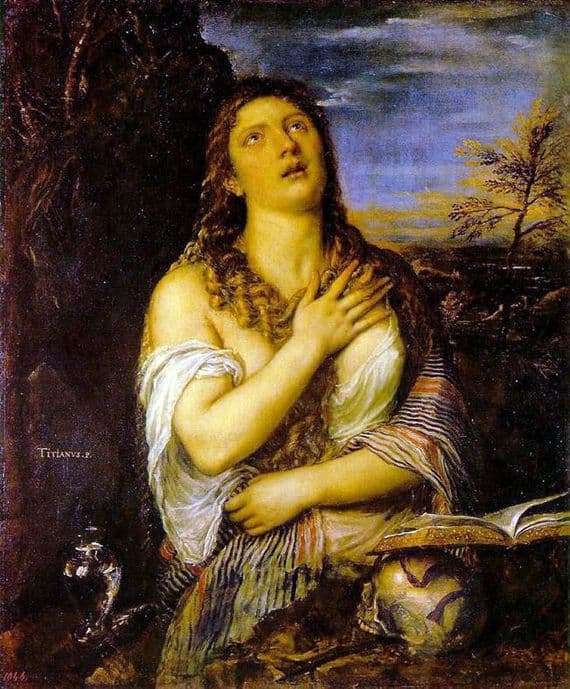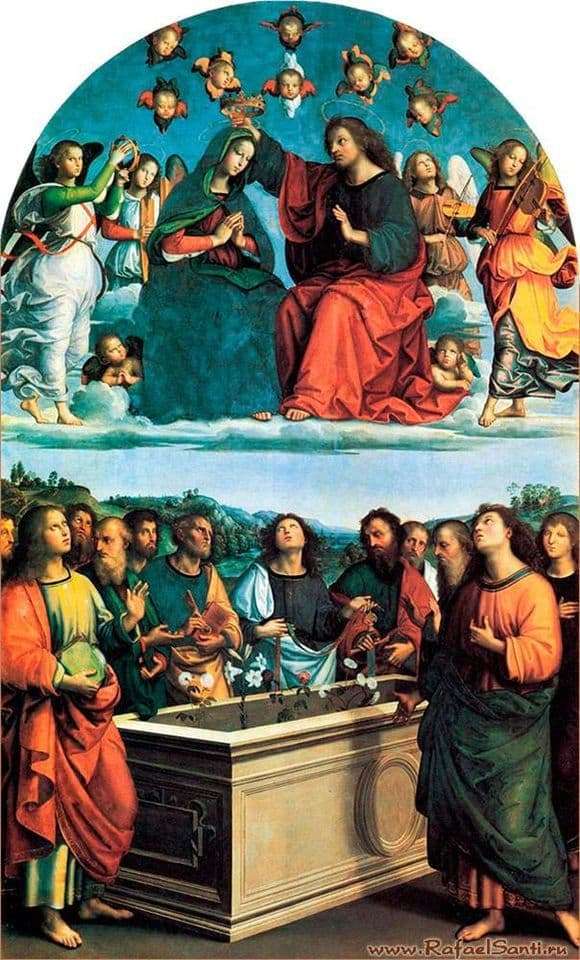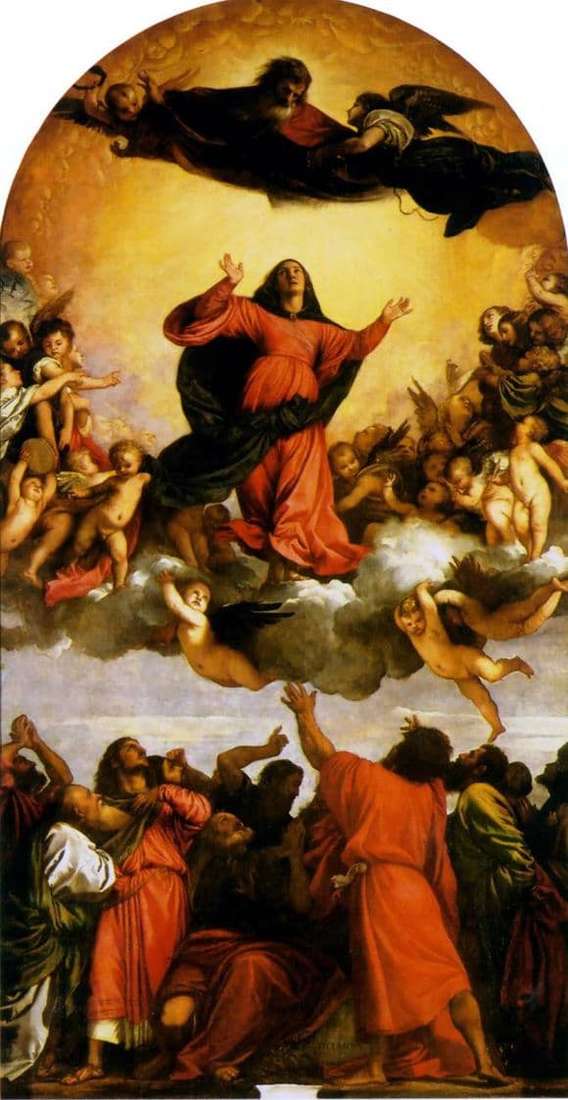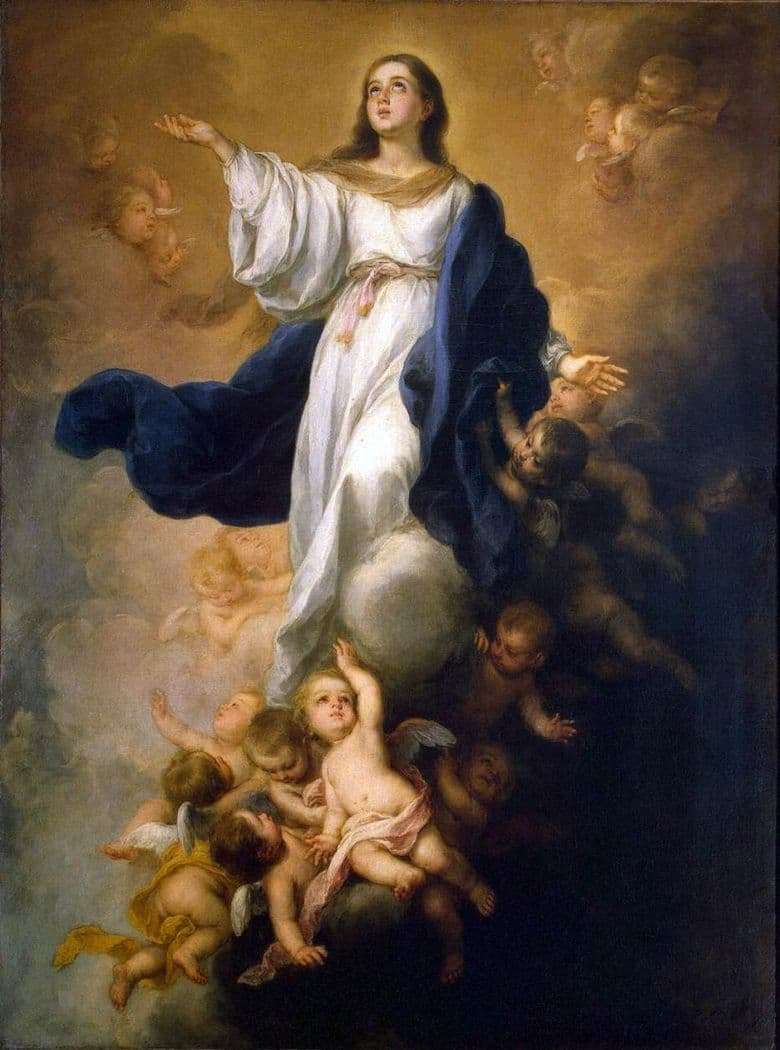
Late Dzhampetrino with aesthetic and heartfelt note embodies the whole of his inner world in “Penitent Mary Magdalene.” This canvas was written in a plot that was very typical of the era of the Counter-Reformation.
On the other hand, the artist, in fact, again and again confirms the presence of pagan and humanistic foundation in his work. The viewer should pay attention, as a convinced, realist to the bone, confidently reconsiders the religious-mystical situation, thus making the canvas, which is hostile to the reactionary-mystical inner line.
For the author, in the first place is not the pretentious component of the general plot of repentance, not the inviting taste of religious worship and not the rottenness of the flesh, where the soul of man rushes to heaven.
Particular attention should be paid to the inconspicuous, but intense color tones, which give a special drama. In this case, thanks to the play of light and shadow, it is possible to achieve dynamics in texture. At the same time, hard contours and the absence of plasticity are not observed. In general, the definiteness of the form fully coincides with the internal dynamics and movement.
The chest seems to breathe, and the hair is not just lying, but falling. You can see how the light sways nicely in his hair, while he fights with juicy shadows and literally sculpts the shape of the body.
The master directly admires Magdalen. The canvas shows how beautiful a person is in his natural beauty, and his feelings are at the same time most significant and distinct, come to the fore. But despite all this, not only Maria suffers, but also the author of the canvas, and these feelings are clearly conveyed to the viewer. Serenity was broken, but despite this, even the background that is unyielding to man is not burdened with grief.
Description of the painting by Dzhampetrino “Penitent Mary Magdalene”







